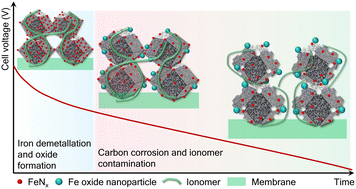2023-08-14 ニューサウスウェールズ大学(UNSW)

◆隕石衝突の影響は浸食や地質変動で隠れがちだが、新たな地球物理学的発見により隕石の痕跡が明らかになりつつある。デニリクイン構造の詳細な解明は、地球の進化に新たな示唆をもたらす可能性がある。
<関連情報>
- https://newsroom.unsw.edu.au/news/science-tech/new-evidence-suggests-world%E2%80%99s-largest-known-asteroid-impact-structure-buried-deep
- https://www.sciencedirect.com/science/article/abs/pii/S0040195122002487
オーストラリア南東部デニリキン多重環状地形の地球物理学と起源 Geophysics and origin of the Deniliquin multiple-ring feature, Southeast Australia
A.Y. Glikson, A.N. Yeates
Tectonophysics Available online: 12 June 2022
DOI:https://doi.org/10.1016/j.tecto.2022.229454
Abstract
Major geophysical elements of the Deniliquin multiple-ring feature, a spatially distinct buried structure in mainland southeast Australia, suggest it represents the deep-seated root zone of a large impact structure from which the upper levels, including the original crater, central uplift and associated breccia, have been eroded. Principal features include (A) a multiple ring total magnetic intensity (TMI) pattern; (B) a central quiet magnetic zone; (C) circular Bouguer gravity patterns; (D) an underlying mantle Moho rise about 10 km shallower than under the adjacent Tasman Orogenic Belt; (E) radial faults associated with magnetic and demagnetized anomalies. The minimum radius of the TMI ring is ~260 km, including a central circular quiet magnetic zone about ~120 km in radius. In the east the feature is faulted against the Early Paleozoic Lachlan Orogenic belt whereas in the west it deflects the northwest and northeast trending Early Cambrian ~525–514 Ma Kanmantoo Group. An interpretation of the Deniliquin multiple-ring feature in terms of an orocline is inconsistent with the discontinuity between the feature and surrounding regional structural trends. Limits on the age of the Deniliquin feature are defined by the onset of the Adelaide fold belt at 514 +/− 5 Ma (Foden et al., 1999) and the ~427–417 Ma age of intrusive Silurian granites. Basement drill cores within the Deniliquin multiple-ring feature show Boehm lamellae but did not reveal shock metamorphic textures. Based on its multiple-ring structure, structural distinction from surrounding regional structural trends, occurrence of a central quiet magnetic zone, an underlying shallower Moho and radial faults associated with magnetic bodies, we suggest the Deniliquin multiple-ring feature may represent the deep seated root zone of a large impact structure.



